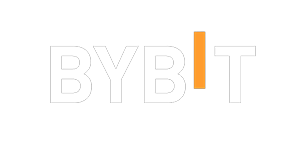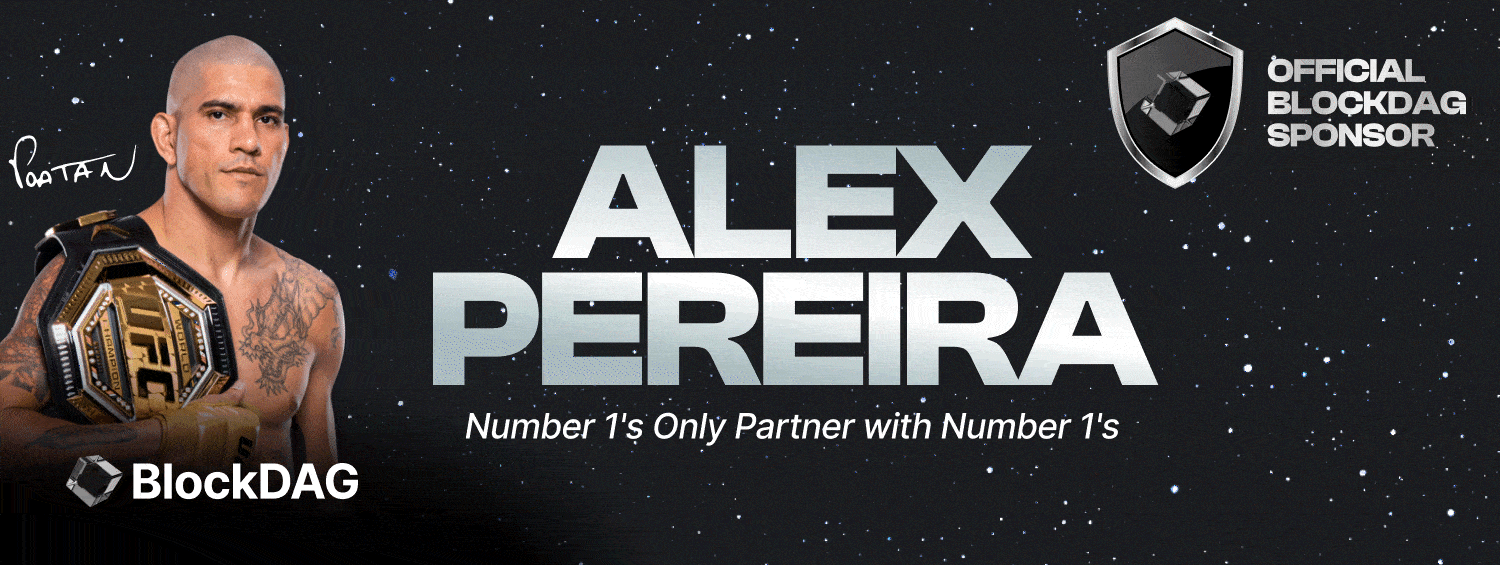Distributed Validation Technology addresses the centralization issue in Ethereum staking, building a more resilient, secure, and decentralized ecosystem as we head into a new bull cycle.
In the rapidly evolving world of blockchain and cryptocurrency, Ethereum stands at a critical juncture. The need for a more decentralized, secure, and equitable staking ecosystem has never been more apparent as the network underwent significant changes, like its transition to Proof of Stake (PoS) and the Dencun upgrade. This is where Distributed Validation Technology (DVT) can help create a more decentralized, secure, and inclusive Ethereum ecosystem.
Today, the concentration of staking power among a few large entities poses significant risks to the Ethereum network, including centralization, reduced network resilience, and the potential for censorship. This centralization contradicts the decentralized ethos that Ethereum and the broader blockchain community strive to uphold. This is the most pressing challenge in the validation process and one of the most significant risks to the Ethereum network.
Distributed Validation Technology (DVT), introduced by Ethereum founder Vitalik in his roadmap for the Ethereum Network, offers a solution to this challenge and brings decentralization, security, and inclusivity back to Ethereum staking.
DVT was proposed as a foundational technology that redefines the architecture of Ethereum’s Proof of Stake (PoS) validators. It enables a validator to operate not as a singular entity confined to one node or machine but as a cohesive unit across a constellation of nodes. This innovation allows individuals, groups, or communities of operators to power a single validator within the Ethereum ecosystem collaboratively. By embodying the validator within a network of nodes, DVT significantly enhances the validator’s resilience and markedly diminishes the risk of slashing for validators who operate with integrity, irrespective of their scale.
The Future of Ethereum Staking
DVT’s transformative approach to staking democratizes access and makes staking more inclusive and secure for validators of all sizes. Through DVT, the Ethereum network takes a substantial leap forward in ensuring that its staking infrastructure is more resilient and universally accessible, paving the way for a more decentralized and equitable blockchain ecosystem.

Furthermore, the concept of rainbow staking, recently proposed by Barnabé Monnot in an Ethereum Research blog, seeks to diversify the staking ecosystem even further by unbundling services into heavy and light layers, which aligns with the vision of distributed validation.
Rainbow staking would allow for a more nuanced and flexible staking landscape, where validators can specialize in different services based on their capabilities and preferences. This specialization can lead to a more competitive and efficient network with improved service quality and innovation. Rainbow staking combined with distributed validation would significantly alleviate the current centralization risks of Ethereum staking.
Leveraged Ethereum & Staking
As blockchain technology evolves, Ethereum’s journey toward embracing distributed validation is not merely a strategic choice but a requirement to ensure its resilience, inclusivity, and adaptability amid the emergence of networks and increased Total Value Locked (TVL). The last crypto bull market, which saw an all-time high of $108.99 billion in value locked on November 9, 2021, showcased the vast potential of economic leverage within DeFi, highlighting Ethereum’s role as a foundational infrastructure for innovative financial solutions. As we head into a fresh bull run, leveraging Ethereum’s security through a more resilient validation framework is imperative.
In this context, DVT also enhances Ethereum’s ability to mitigate risks associated with the increased leverage on its core infrastructure. The superiority of DVT lies not only in its capacity to fortify the network’s security but also in its contribution to democratizing network participation, making it critical in an era where market volatility and the potential for losses are even higher.
Inclusivity & Accessibility
The adoption of distributed validation extends beyond technical resilience, touching on the core ethos of blockchain technology: inclusivity and accessibility. By lowering the barriers to becoming a validator, DVT fosters a sense of belonging among a broader community of stakeholders, reinforcing Ethereum’s status as a public good. This inclusivity is crucial for strengthening the network’s foundation and enhancing its perception globally.
For example, DVT facilitates access for validators in areas plagued by power outages and economic constraints, such as Latin America and Africa. This approach broadens the network’s reach and enriches it with diverse perspectives and contributions, driving innovation and resilience through collective strength. Indeed, DVT’s significance will be further amplified in the regions where economic and infrastructural challenges have historically impeded participation in blockchain networks.
As Ethereum continues to evolve and adapt to the changing landscape of blockchain and decentralized finance, embracing distributed validation becomes indispensable. The technical superiority of DVT, coupled with its potential to democratize access and foster inclusivity, perfectly positions Ethereum to navigate future complexities. By embracing DVT, Ethereum can solidify its role as a foundational infrastructure for the next generation of blockchain applications, ensuring its sustainability and success in the future.


























